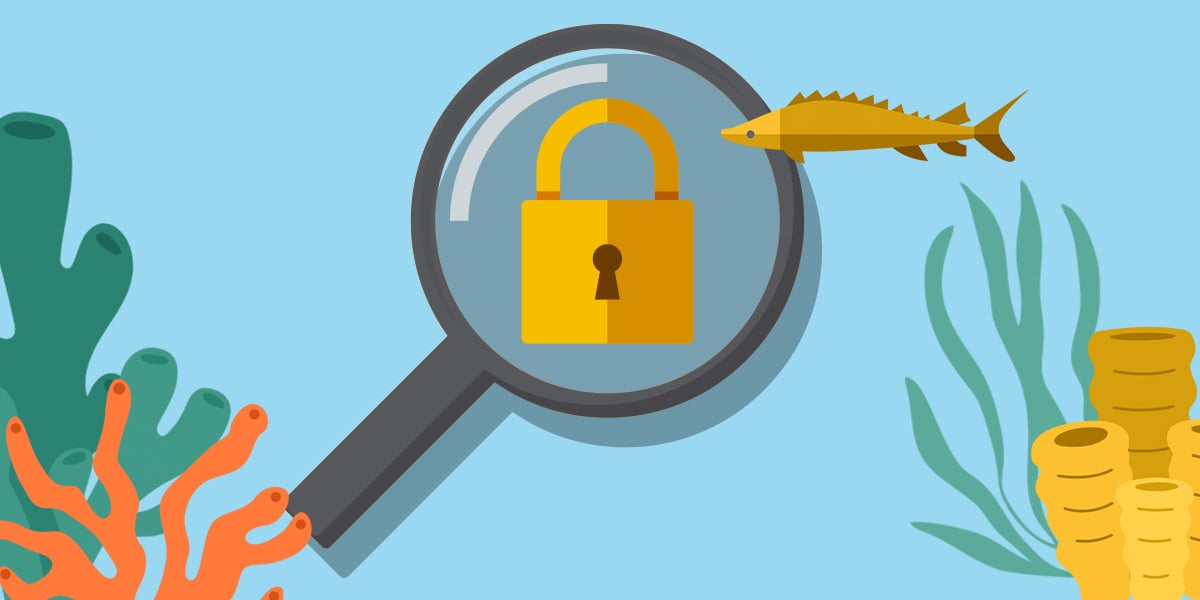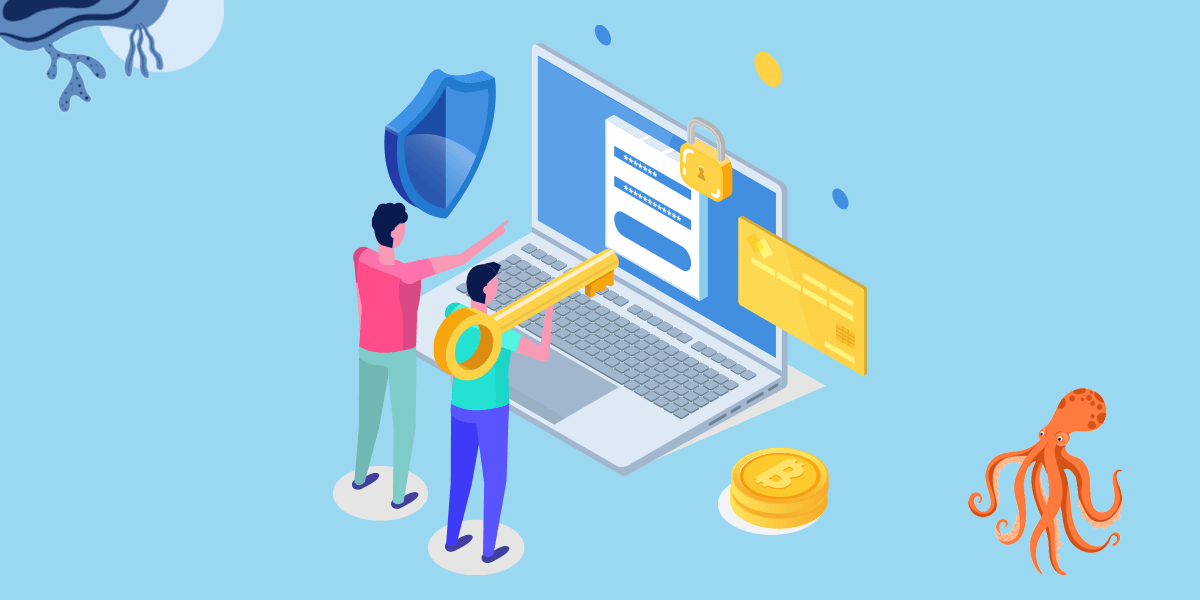


5 Essential Components of a Security Awareness Program



As a managed service provider (MSP), you've likely heard the line, “90% of security breaches are caused by human error.” While humans do contribute to security breaches, you can work to reduce these errors with an effective security awareness program.
But what makes a good security awareness program? Understanding what to look for will help you find the best solution for your security needs. Let's explore the main components of an effective security awareness program to help you strengthen your defenses.
1. Training
Training sessions give your team the information they need to combat security threats. Quality training sessions educate your team without overloading them, forming the building blocks of a successful security awareness program. Training sessions have 4 main parts that center all around the delivery of the training:
- Digestible: Training sessions need to be digestible for learners. If your team can't easily understand the information, it won't stick. When learners receive training, it needs to be entertaining enough to keep their attention but not so entertaining that the educational value is lost.
- Relevant: Relevant training sessions have content that learners feel applies to them personally. Training that users receive should translate directly to actions they can take daily.
- Engaging: Training sessions need to be engaging. Training sessions in the industry predominantly suffer from being too entertaining or not entertaining enough. We should always aim to connect with our learners and engage them in the learning process, but keep in mind that the goal is to foster learning and not create an atmosphere of mandatory enjoyment.
- Persistent: Training sessions need to be delivered often. When training sessions are delivered often, it is much easier to ensure that they're also engaging, relevant and digestible. Training should be delivered in succinct lessons as often as it makes sense. For instance, a few monthly lessons that take 10 to 15 minutes feel much more manageable than 2 hours twice a year.
2. Assessments
Assessments should be frequent, relevant and transparent. Frequent assessments reinforce knowledge for better decisions. Relevant assessments connect to daily tasks. Transparent assessments clearly state why someone passed or failed. The goal of assessments is to reinforce knowledge. With that knowledge, you will be able to make more informed decisions. We can easily create better habits by having smaller assessments more often.
Everyone needs coaching — employees are no exception. Employees need to feel like they are part of the team and that their cybersecurity education is preparation for the game. When you disconnect the assessment from the end goal, the assessment loses its value as the learner disengages with the process. Assessments should be relevant to the cyberthreats employees face. Give them the support and the tools they need to succeed with relevant, understandable assessments.
Phishing Simulations
Phishing simulations are essential assessments that test the skills users gained in training. With simulations mimicking real-life situations, your employees can learn to recognize and respond to threats in a risk-free space. Use phishing simulations to spot security vulnerabilities and make your team experts at fighting off scams. Phishing simulations provide you with detailed metrics, giving you an in-depth look at your security vulnerabilities.
Any employees who fall for phishing simulations can get support with additional training resources for improved awareness. Use extra training sessions and automated simulations from a detailed phishing library to boost phishing recognition. Your team will become professionals at spotting suspicious emails and strengthening your human defenses against attacks.

3. Risk Management and Incident Response
In addition to implementing security awareness training, MSPs should prioritize proactive measures to prevent incidents. There are a few ways your organization can manage cybersecurity risks:
- Access controls: Ensure only authorized users have access to data. You can implement access controls throughout the organization to ensure only users who interact with certain data sets can access it.
- Data encryption: Only users with the encryption key can read encrypted data. By using encryption, you make it harder for unauthorized users to interpret any data they might access.
- Strong password policies: Be sure all employees have strong passwords, and implement other measures like multi-factor authentication (MFA) to prevent unauthorized access.
- Vendor assessments: Assess the vendors you use and how much access they have to your data. Ensure any partners have robust data security practices in place.
With robust training, assessment and security policies in place, you can develop prompt incident response plans. These plans should outline how your organization responds to a cyberattack, including clear roles and responsibilities, reporting procedures and ways to contain and mitigate any damage.
4. Evaluation and Feedback
Every good program needs regular evaluation for itself and its users. Employees should get regular feedback on their assessment performance. You want your team to be able to ask questions, provide feedback and discuss improvement possibilities. A good security awareness program should strive to help employees improve their security practices. Additionally, you need to be open to change. Let employees submit surveys evaluating the program. This way, your program can grow with your security needs and your employees to maximize success.
5. Buy-in
Security awareness programs are critical. Great security awareness programs can reduce the risk of a breach and encourage employees to create excellent cyber hygiene individually and as a group. Therefore it is imperative that everyone in an organization — and outside — be able to see the support from the leadership in your company and follow their lead.
Without the support of the leaders in an organization, it is hard to create a program that makes any meaningful change. With top-level support, security awareness policies can easily develop into support mechanisms that create great cyberculture. Additionally, with the support of the organization’s leaders, it will be easier to fund and find the additional time necessary to create a great security awareness program and inspire positive change.
Most importantly, you need buy-in from the employees. Without their support and buy-in, creating a cybersecurity culture that reduces risk and encourages good cyber hygiene will be impossible. While the reality is that employees making mistakes is the problem we are trying to solve, we need to empower employees to believe they are also the solution. When employees feel like they are part of the solution, they can become the solution.
Get Security Awareness Training From Phin Security
An effective security awareness training program can make all the difference for your organization. Level up your training game with Phin Security. We offer security awareness training designed with MSPs in mind. Get performance metrics, phishing simulations and relevant training modules for your team — plus reporting and analytics to view user metrics and set actionable targets.
Contact Phin Security for your free trial today!







Leave a comment: